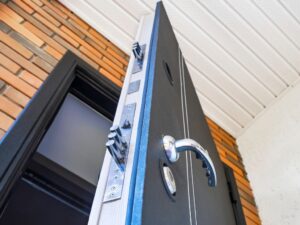
- 01708 453168
- info@atcl.co.uk
- Mon - Sat: 7:30 - 17:30
5 Star Rated On Google
★★★★★ 5/5
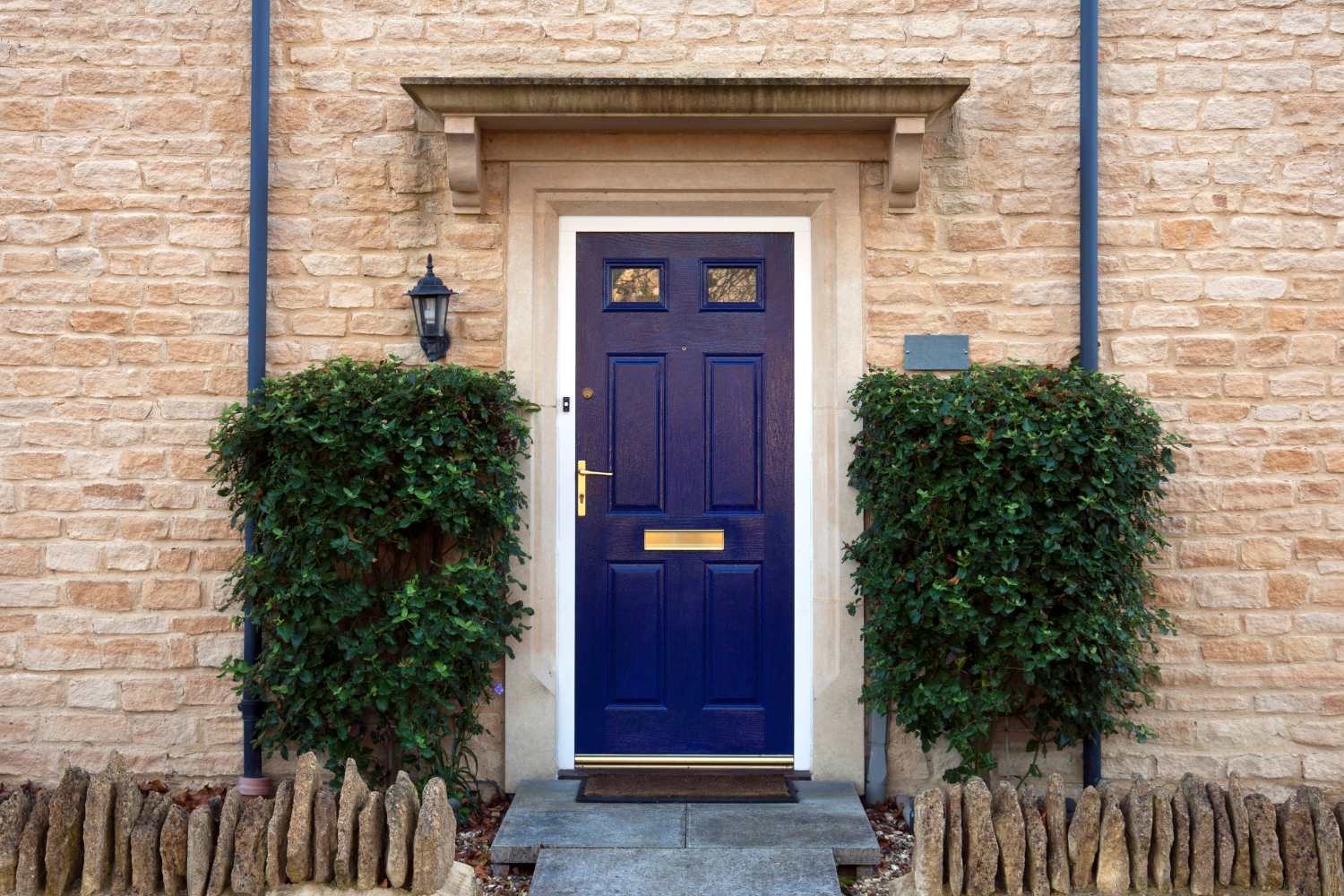
When protecting your home, having the right types of door locks is essential. Installing the proper types of locks can help ensure you and your family are safe and secure in your home. But with so many locks available, how do you know which is best for you? In this post, we will discuss the various types of locks for your home’s doors so that you can decide on the kind of lock most suitable for each entry. Read on to learn more!
Deadlocks are an essential security feature for any door. They offer a much higher level of protection than a regular push-button lock, preventing anyone from being able to open the door from outside without the correct key. Deadlocks come in various shapes and types, with the most robust providing a dual-locking mechanism and multiple pins that specific locksmiths can only unlock. Their strong and secure design makes deadlocks ideal for front or back doors or any other entrance point you want to keep safe. They offer an extra layer of safety so you can feel confident knowing your home is always secure.
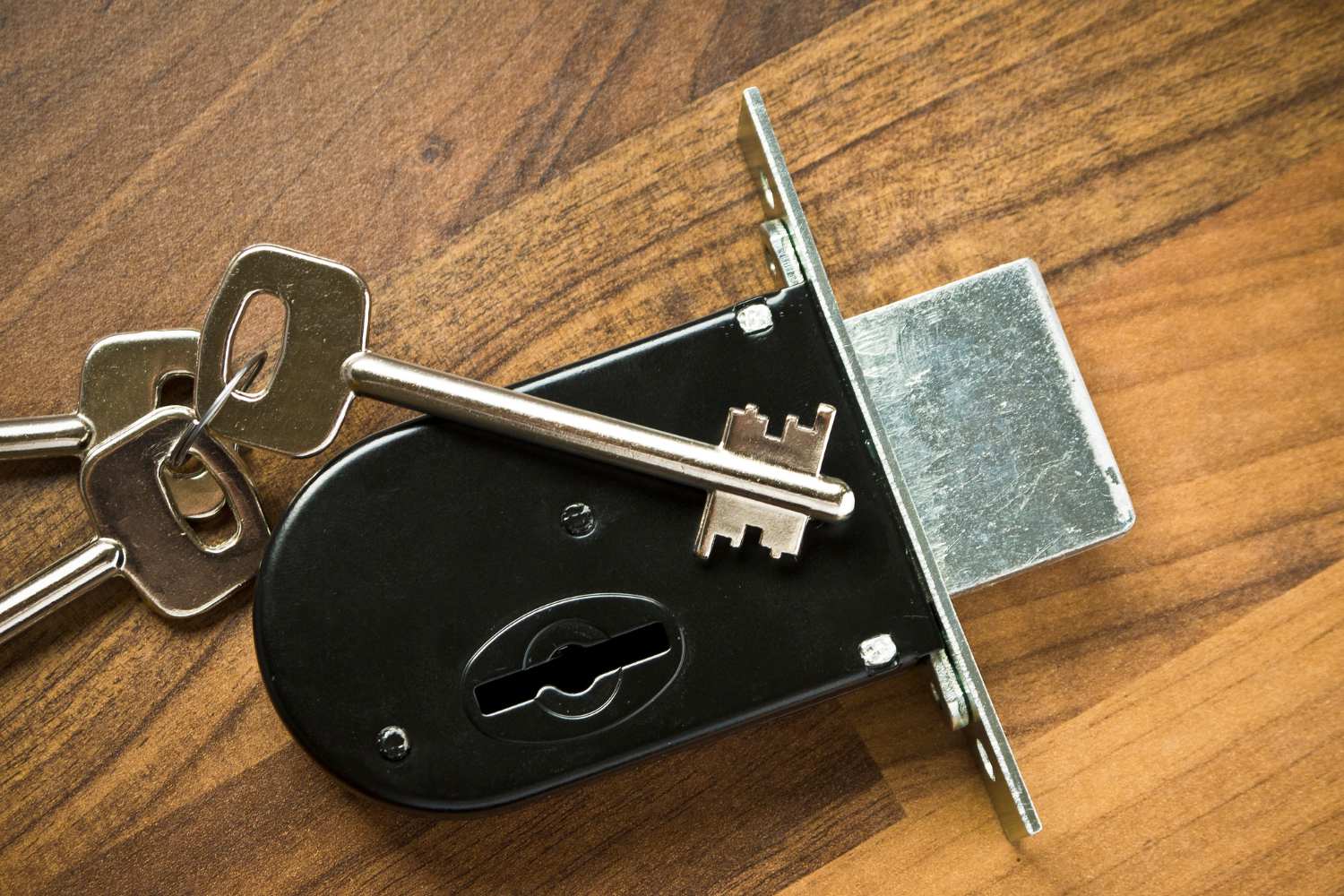
A mortice lock is a type of door lock fitted into the door’s body. The main feature of this type of lock is its need to be recessed into the door frame, creating a ‘mortice’ (hence the name) which makes it difficult for an intruder to access. In terms of security, mortice locks are one of the best options, making them commonly used in many homes and commercial buildings. Mortice locks are relatively low-cost compared to other more advanced locking systems, offering robust protection against forced entry. As such, a mortice lock is often considered an ideal security solution for most residential and small business applications.
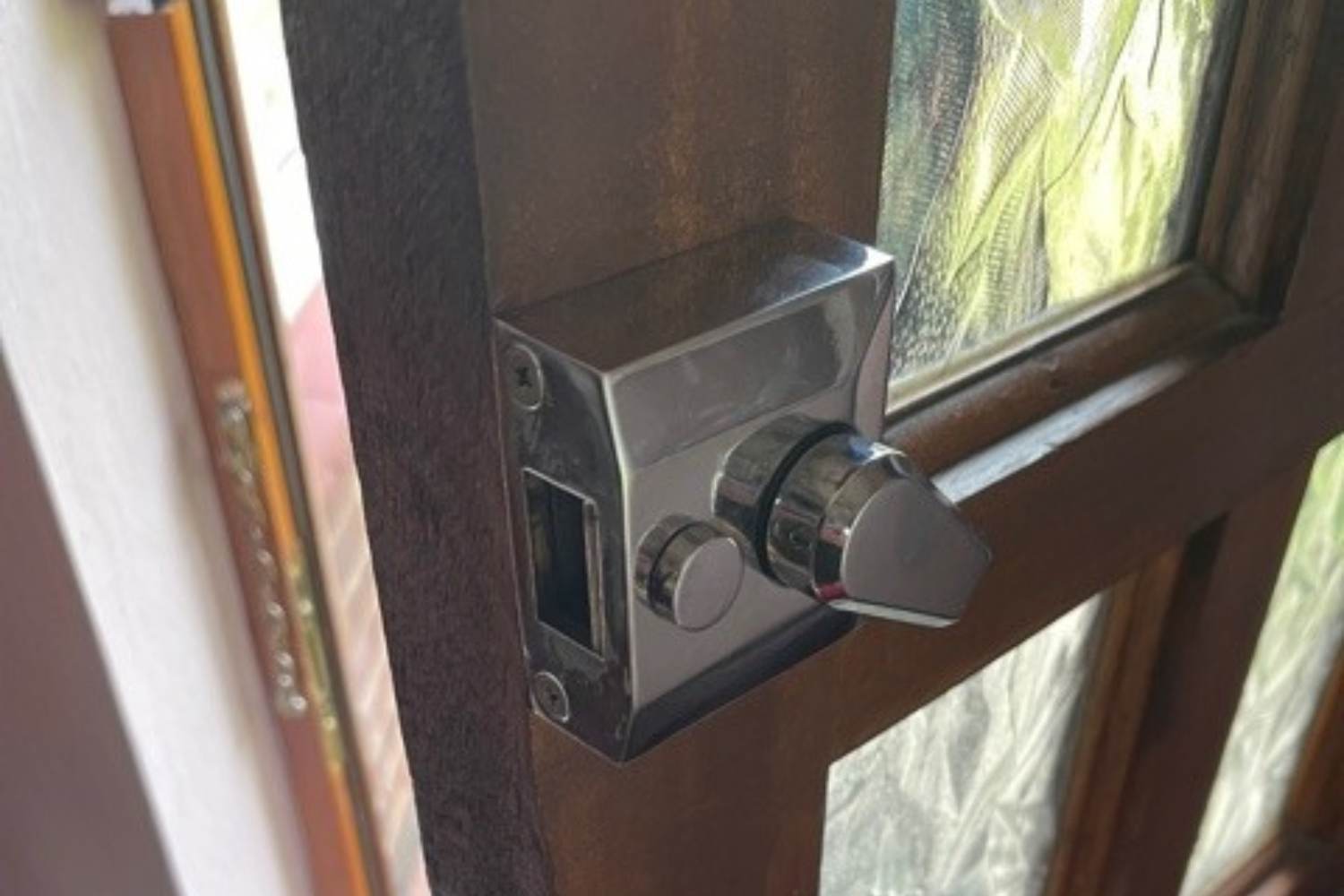
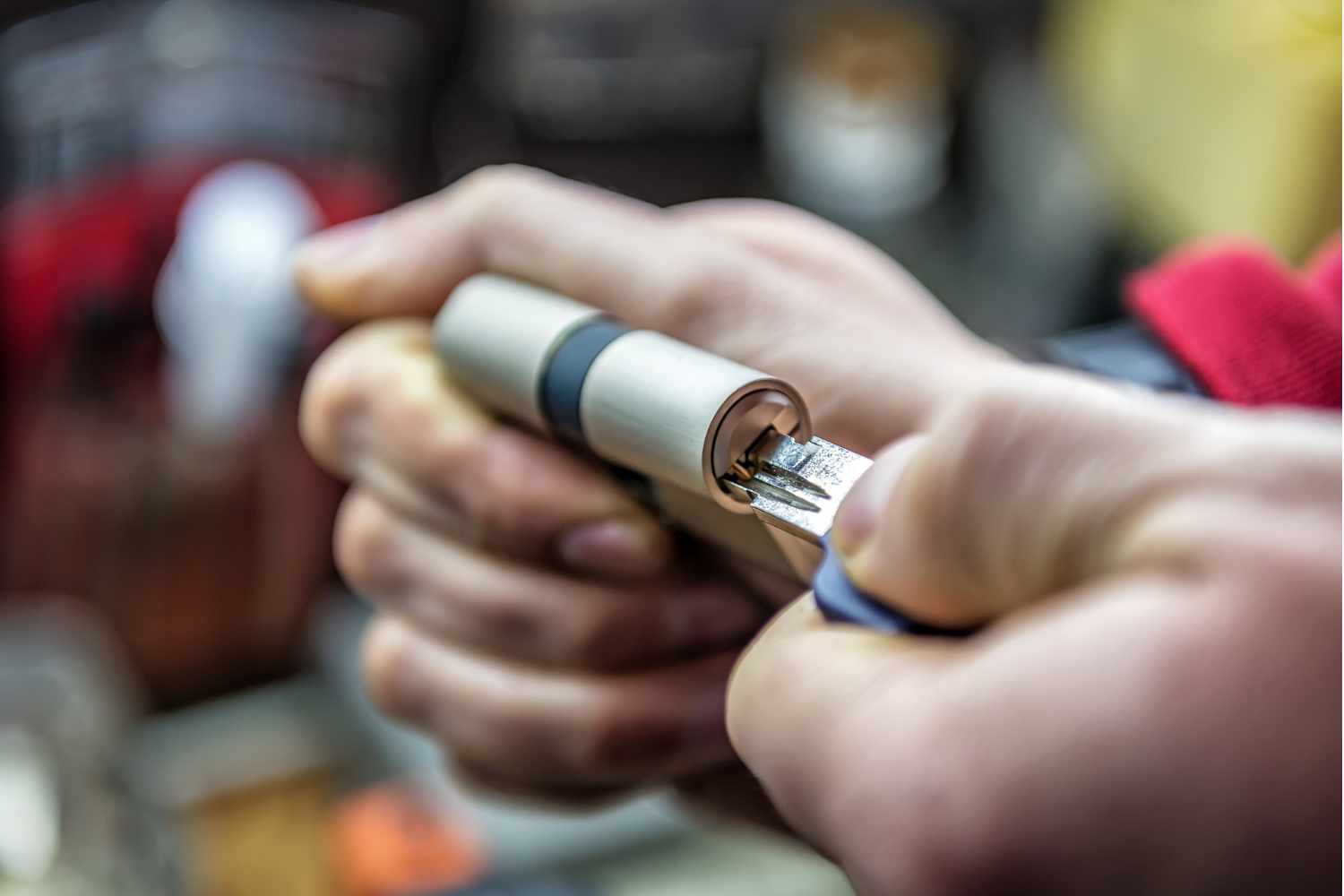
Knob locks are a popular type of door-locking mechanism. They consist of an outer knob, held in place by an inner cylinder containing a spring-loaded pin or other mechanisms, and a keyhole that allows a unique key to turn the inner cylinder and fit into the outer knob. When the key fitting turns the inner cylinder, it unlocks the spring-loaded pin and allows the external knob to be rotated open. A tension wrench is often needed to pull out the pin from underneath when opening one of these locks with a master key or duplicate. It should be noted that modern knob locks are designed for ease of access and convenience, so care should be taken when selecting one for higher security tasks.
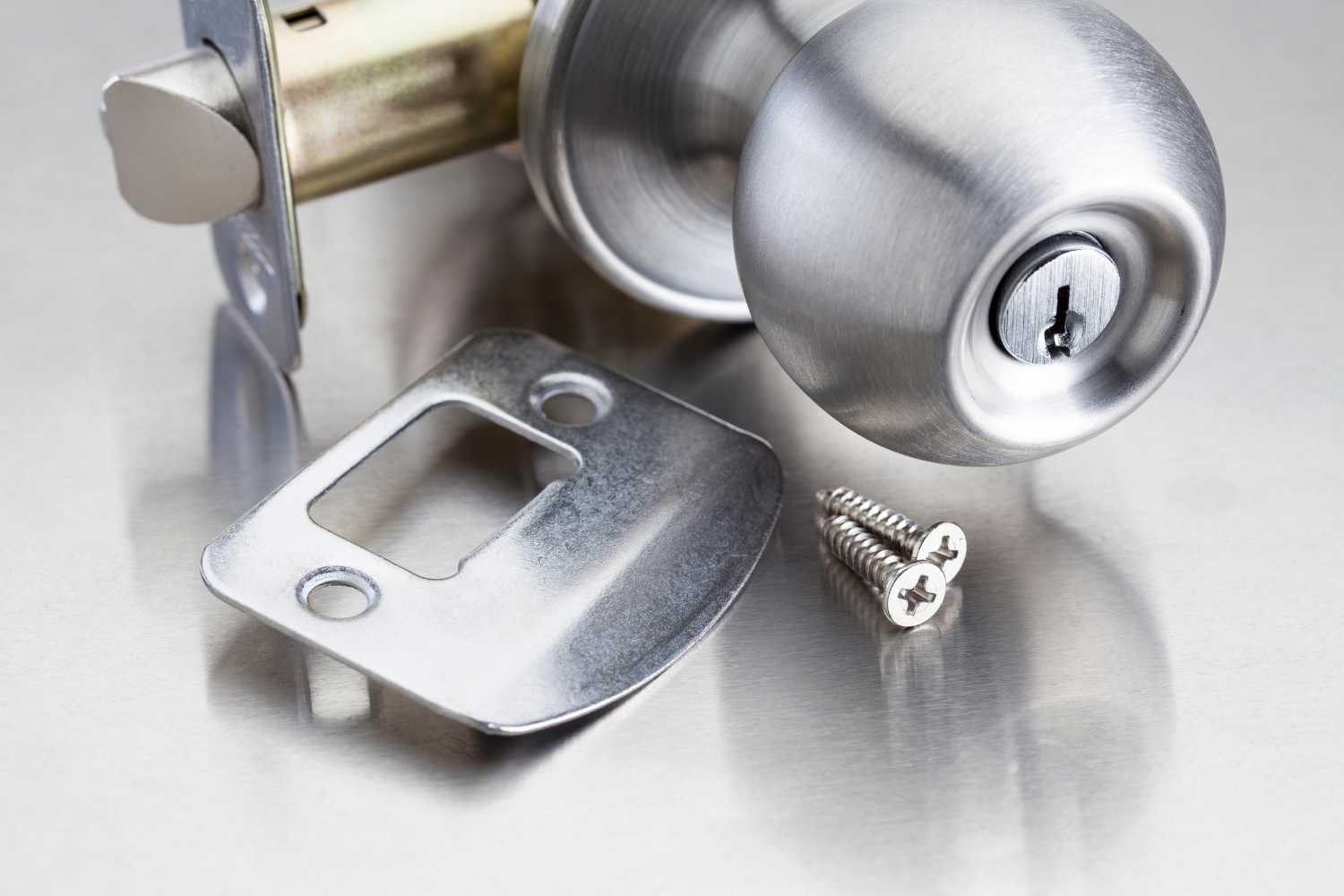
Multi-point locks are commonly used to keep residential UPVc doors secure. These multi-point locking systems offer a variety of features that make them an effective security measure. At the locking points, multiple hardened steel pins extend from the inside edge of the door and into interlocking parts on the frame when engaged. The length and number of these pins will depend on the model, but modern variations can have between two and four locking points along with a key-operated deadbolt for enhanced security. When closed, the locking pins within UPVC multi-points work together to ensure an even distribution of force around the frame, meaning it is much harder to force open than if only one traditional lock was used.
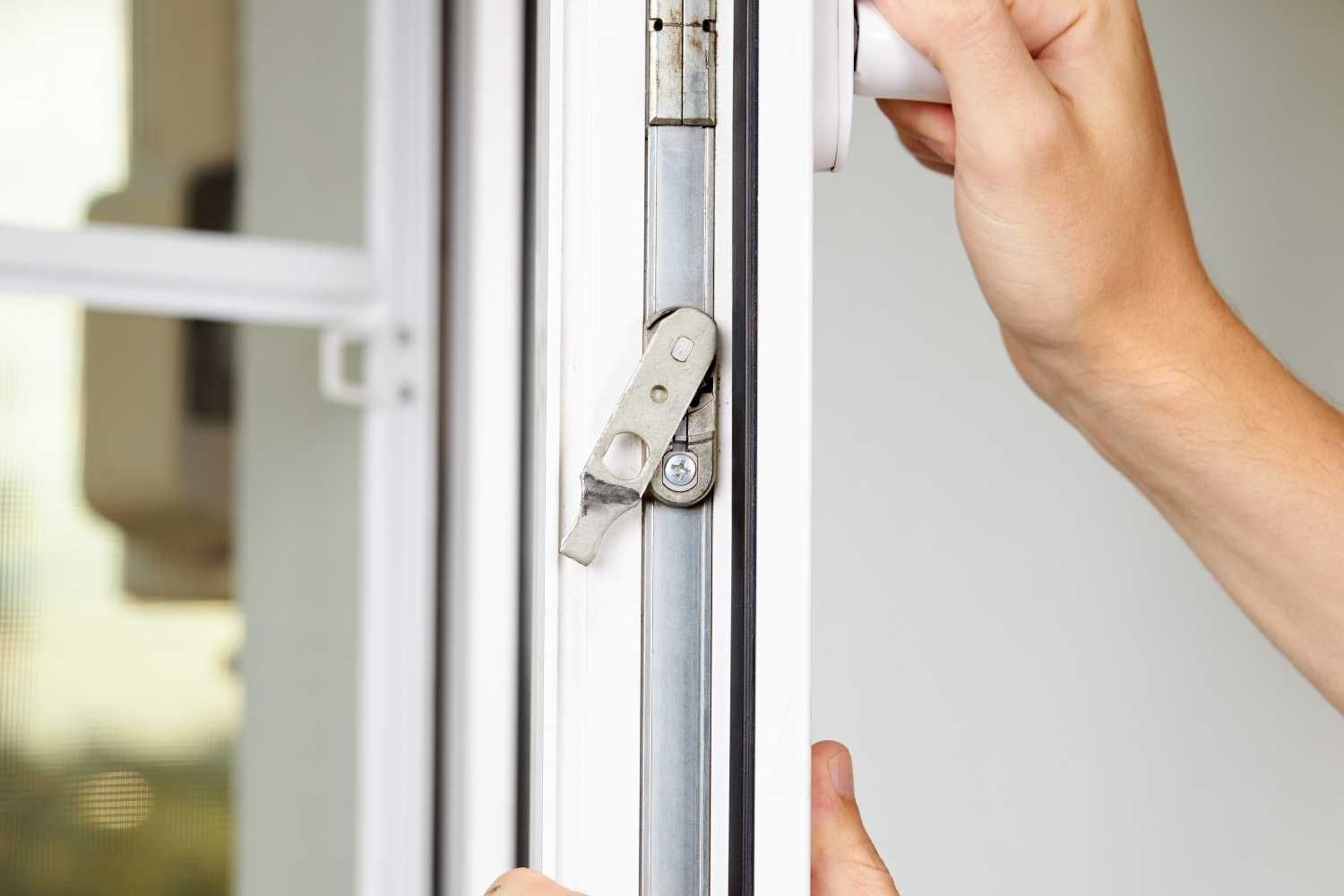
A keypad lock, also known as a numerical lock or combination lock, is a type of locking system in which entry is granted by inputting a numeric code. Keypad locks effectively restrict access to areas that cut out the need for metal keys. Typically, users are issued a unique code to access their respective padlocks, and the advantage of this is that code combinations can be changed frequently should any security breaches arise. In technical malfunctions, a manual key can override the keypad element allowing the key holder to regain access to the locked area. Keypad locks are often used on garden gates or communal areas.
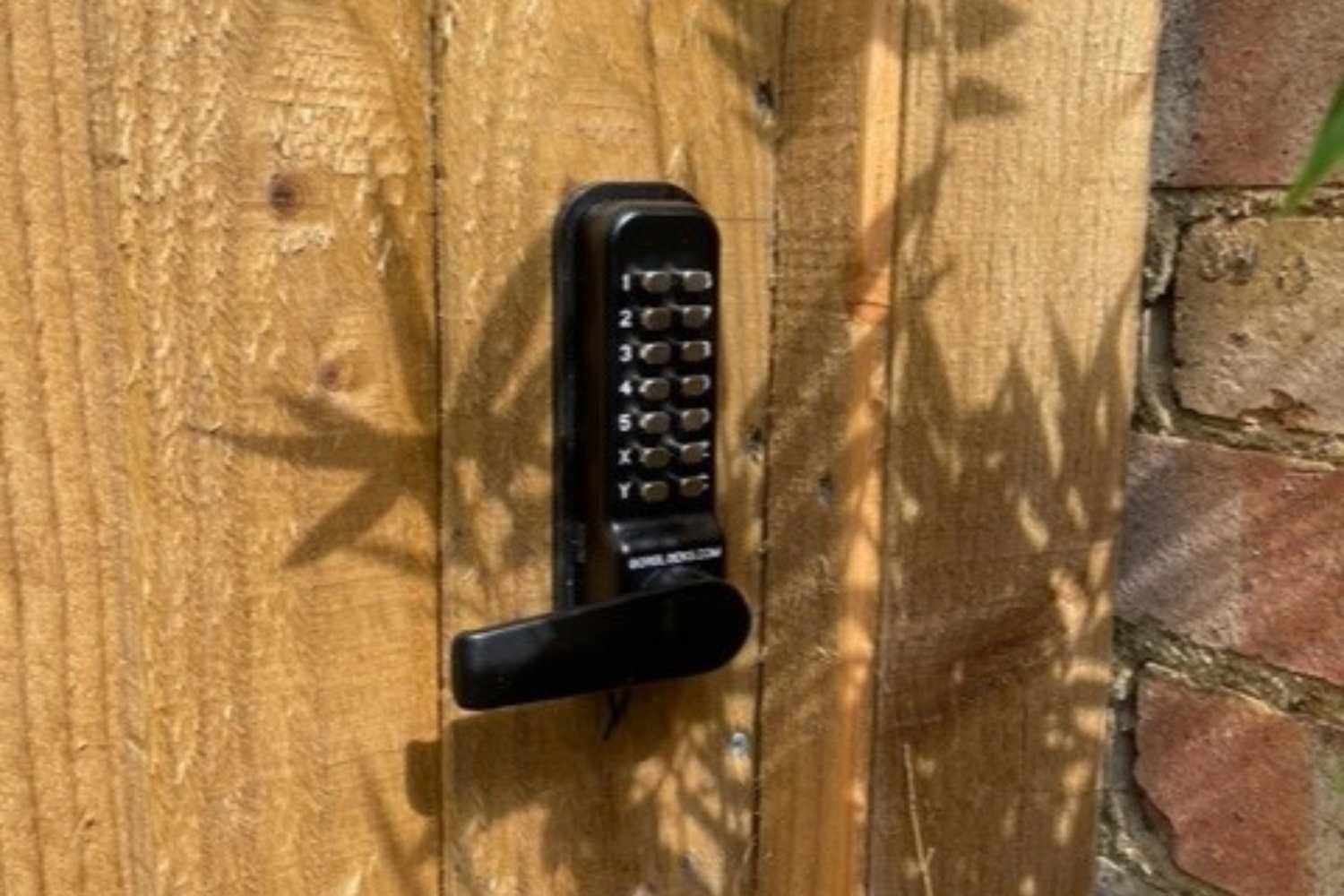
A smart lock is a security system that controls access using electronics rather than traditional locks and keys. Smart locks are secure because they are often connected to a smartphone app or web-based system that allows an administrator to grant access remotely and enable users to open the door from anywhere. For example, you can set up an authorised user list that permits only specific individuals with the key or code to enter a particular property or building. Most smart locks also feature other sophisticated features such as video recording when the door is opened or closed, auto-lock on close, and two-factor authentication for additional greater security. Smart locks are becoming increasingly popular among homeowners due to their convenience and tech-centric safety features. However, they have some significant drawbacks, such as if you don’t have a signal or your phone is dead or broken, you need a key to override the lock.
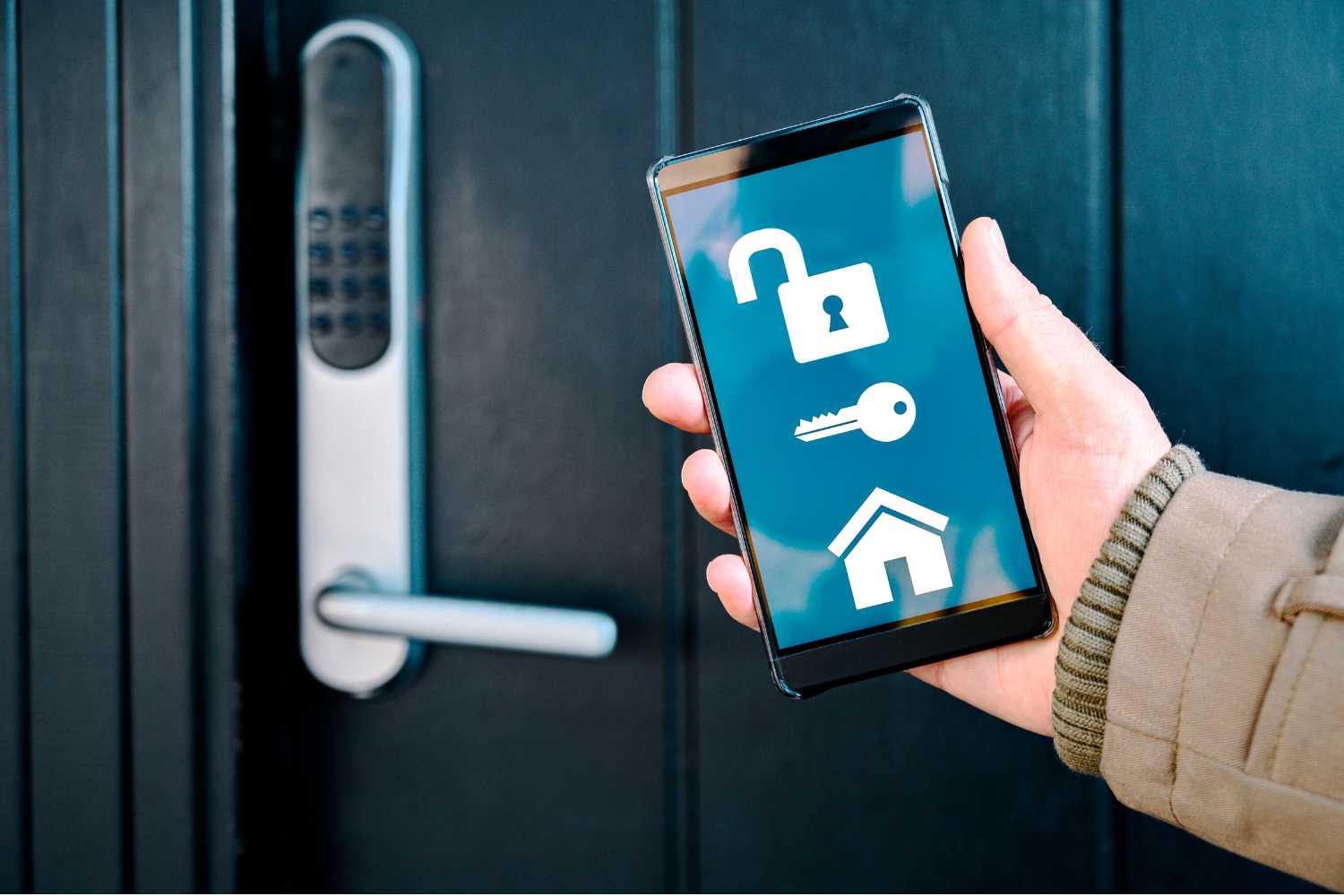
A cam lock, sometimes called a Compx lock or cam cylinder, is used with various applications such as drawers, cupboards and vending machines. This type of lock features a pin tumbler core that operates similarly to a traditional door lock. The primary difference is that the cylinder requires a key to turn it in only one direction. When this is achieved, the centre part of the key will move a profile known as the cam, which forces pins to rise against the cylinder walls and release what’s inside. This can be a handy security measure for many businesses since the keys are typically challenging to copy or duplicate. In addition, installing this type of lock is much simpler than most other locking mechanisms, which saves time and money on installation costs.
Choosing the right type of lock for your home is an important decision. Whether you’re looking for something simple like a keypad or cam lock, or something more sophisticated such as a multi-point lockset or smart lock, there are many options to choose from that can help keep your property secure. Each option has its own advantages and disadvantages so it pays to do some research before deciding which one best suits your needs, or speak with an experienced locksmith who could point you in the right direction. In any case, having the proper security in place will provide peace of mind knowing that your home is well protected against unwanted intruders.
EXCELLENTTrustindex verifies that the original source of the review is Google. Really responsive, friendly service, great work every time. Many thanksTrustindex verifies that the original source of the review is Google. Had Around the Clock Locks come out to sort my locks - seriously impressed! The locksmith who showed up was such a nice bloke, really knew his stuff. Needed 3 locks changed (including the garage) and he made it look easy. No fuss, no mess, just got straight to work and did a great job. Actually ended up having a good chat with him while he was here too. Very reliable service - exactly what you want from a locksmith. Would definitely use Around the Clock Locks again!Trustindex verifies that the original source of the review is Google. I had a problem with the locks in my flat, after getting quotes from two other locksmiths, ACTL turned out to be the most responsive and reasonably priced by far. They replaced the locks (and door handle) quickly. Everything looks and works perfectly now. I also REALLY appreciated that all communication could be handled via email - no unnecessary phone calls, which was a hassle with other companies.Trustindex verifies that the original source of the review is Google. Amazing. Oliver arrived within 10 mins of my call and got my into my home quickly. He also kindly helped with a separate issue with my door. Highly recommended. Thanks so muchTrustindex verifies that the original source of the review is Google. Great service and totally honest, what more can I say.Trustindex verifies that the original source of the review is Google. They are polite, efficient and wonderful value for money. I would highly recommend anyone to use them.Trustindex verifies that the original source of the review is Google. Great service and really professional service , thank you very muchTrustindex verifies that the original source of the review is Google. This review is long overdue! I used ATCL to put locks on two of my internal doors a few months back and the locksmith did an amazing job. His work was perfection that it looked like the locks were there from the very start. ATCL were professional from the start with a fast response time, fairly priced quote and excellent service on the day. I would highly recommend them and use them again.Trustindex verifies that the original source of the review is Google. Came out within half an hour of me calling on Boxing day to get me back into my house after I locked myself out. Excellent serviceTrustindex verifies that the original source of the review is Google. Just Fabulous Service at Tilia Court, great price (half the cost of the last one) and What a nice Guy.

All rights reserved - 2025